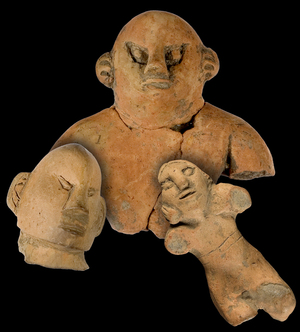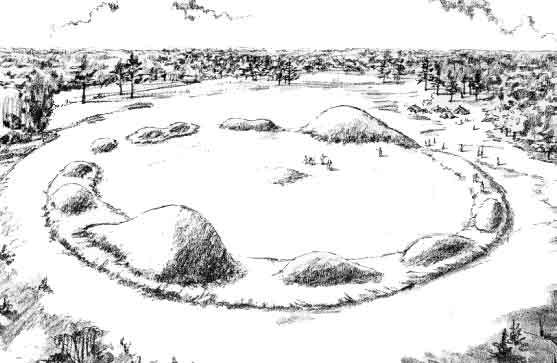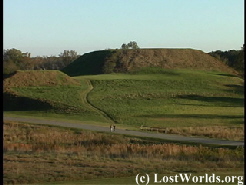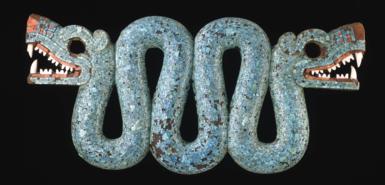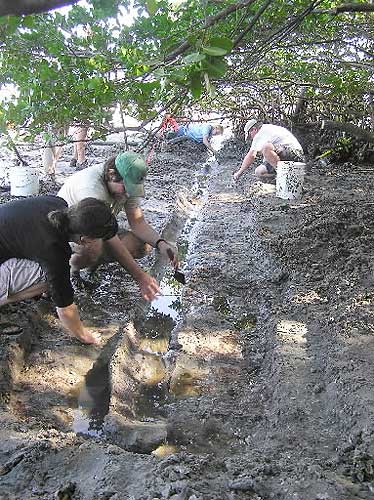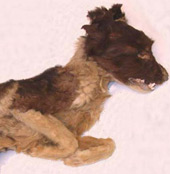Japanese researchers discover remains of what appears to be 4,800-year-old temple in Peru
Japanese researchers said they have discovered–with
the unintended help of looters–what appears to be a temple ruins at
least 4,800 years old that could be one of the oldest in the Americas.
The temple is believed to have been built before or around 2600 BC
when Peru’s oldest known city, Caral, was created, the researchers said.

